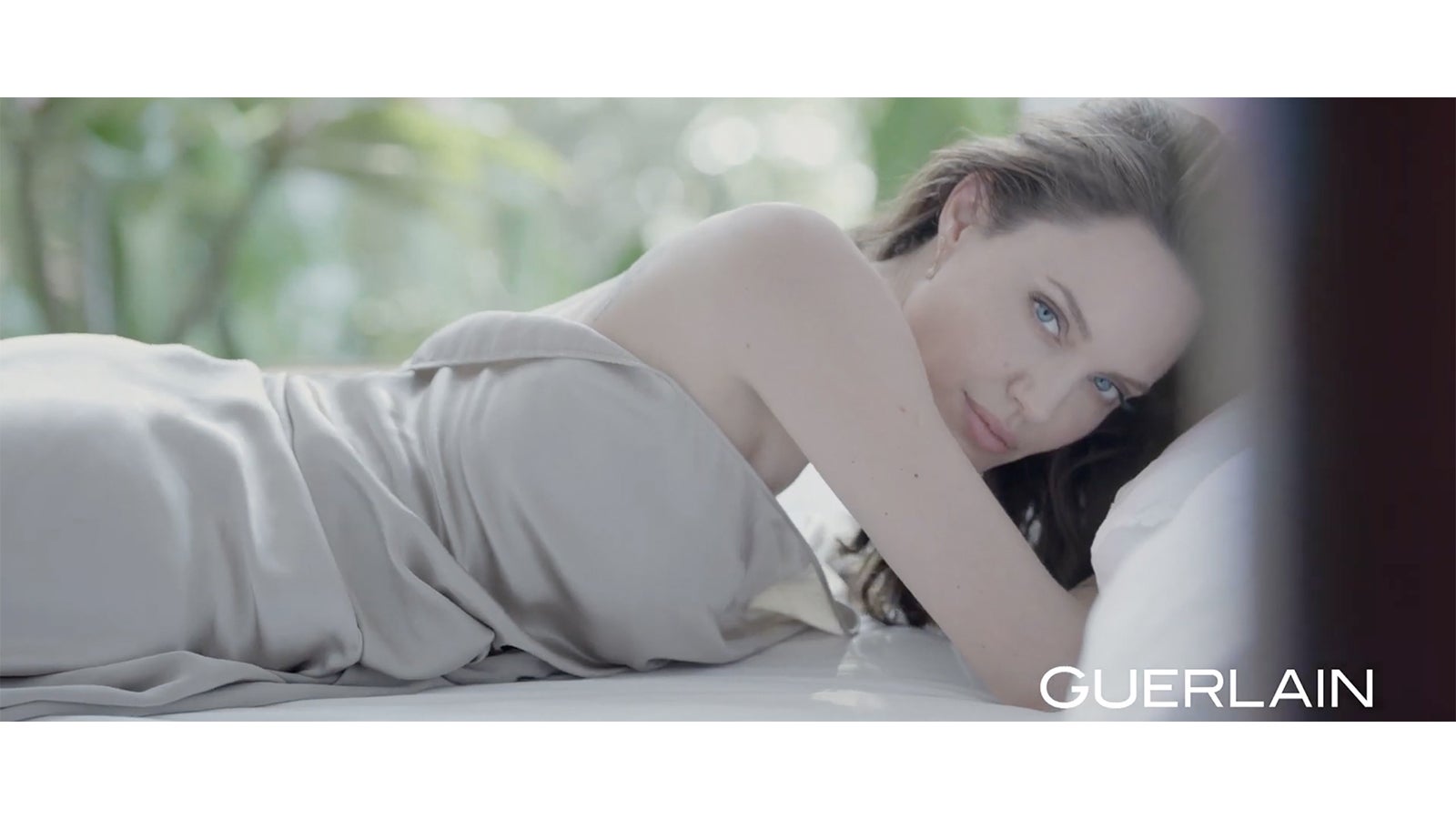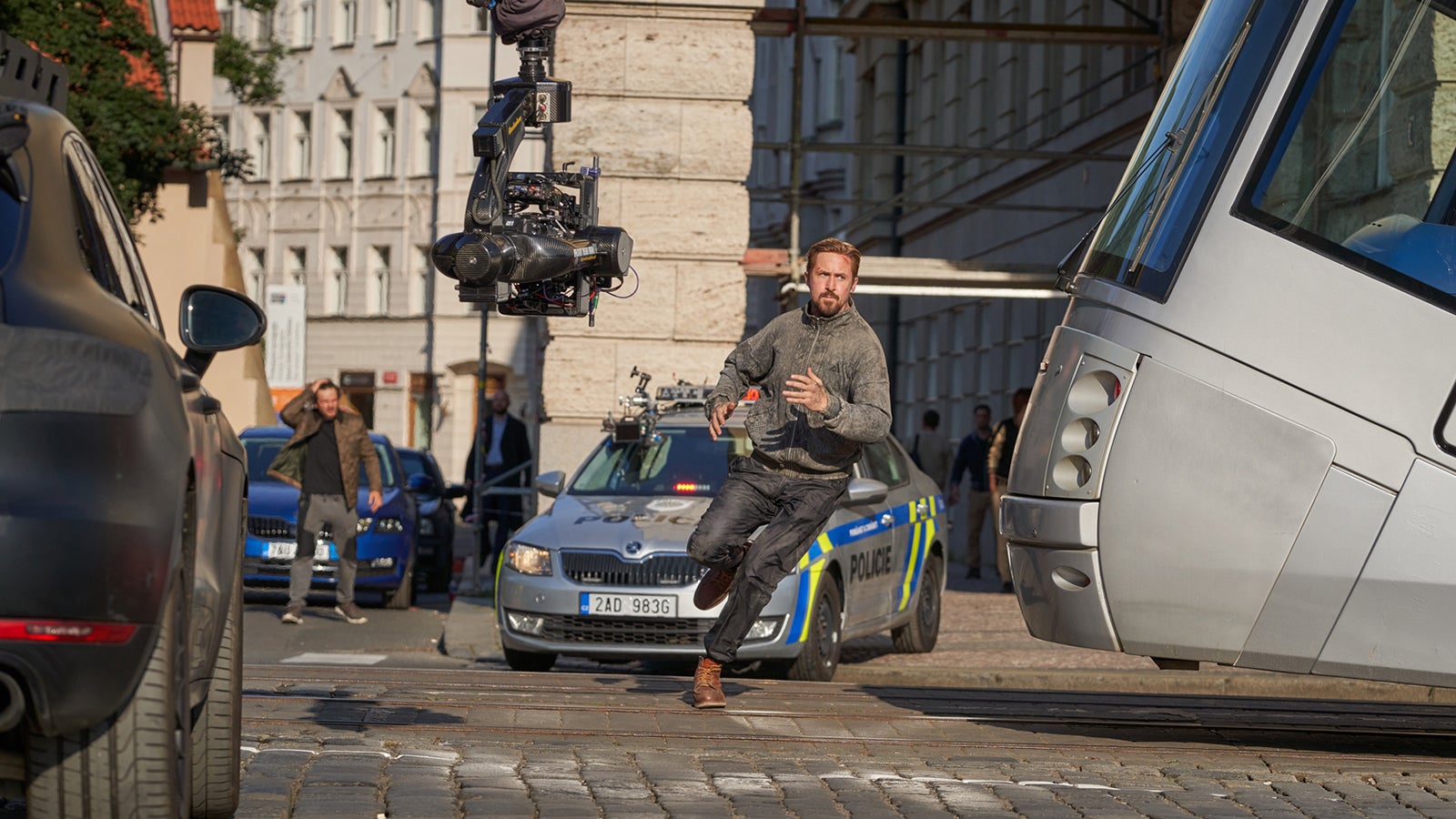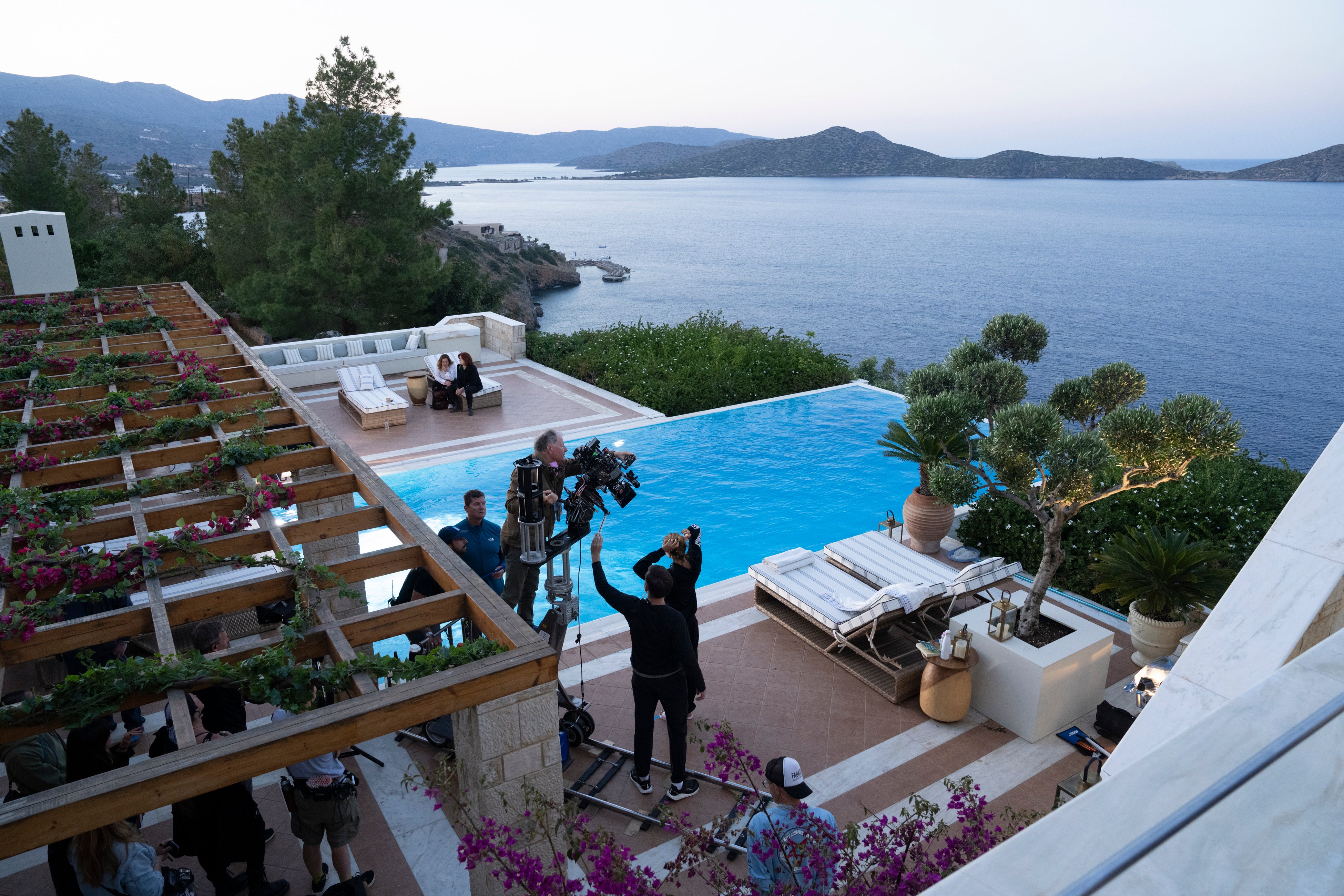
10-02-2024 - Filmmaker Interviews
DP Andrew Dunn Finds a Fellow Storyteller In the Sony VENICE on Amazon’s Killer Heat
By: Yaroslav Altunin
Andrew Dunn is a cinematographer who likes to keep you guessing, which has become a mantra for the creative. Having shot films such as Gosford Park, The Bodyguard, The Count of Monte Cristo, Perks of Being a Wallflower and Crazy Stupid Love, to name a few, it's hard to put the Director of Photography in box.
Much like great actors who can effortlessly hide within different genres, Dunn's aim is not to be typecast, as he calls it. He is an artist who can play up the laughs in a comedy, light for emotion in a drama, and compose for the action in a thriller.
His latest collaboration brings him to Greece, where he teamed up with Ivorian film director Philippe Lacôte to craft the imagery for Killer Heat. Based on a novel by Norwegian writer Jon Nesbø, it follows a detective brought in to investigate the death of a twin involved in a turbulent love triangle.
We sat down with Dunn to learn more about his creative approach, how he leaned on his experience working in the noir genre, and how he used the Sony VENICE to combine the vast and colorful landscape of a Greek island with the dark and gritty nature of film noir.
A Fellow Storyteller
After such a storied career, Dunn has seen the evolution of many iconic filmmakers. Working with the likes of Robert Altman, Lee Daniels, and Mick Jackson has given the cinematographer the ability to thrive in different genres.
"One of my mantras is to keep them guessing," Dunn said. "I think cinematographers can get typecast like actors can."
Throughout this time, Dunn has also seen the evolution of the digital cinema camera, having shot Altman's The Company on the Panavision Genesis. While this extensive experience wasn’t always smooth sailing, he found a comfort in the new digital medium.
"The digital cameras, initially, I used to say, it defied you to make films with them. To tell stories," Dunn said. "But then, over a period of years…digital cameras have become very user-friendly and become what I call the fellow storyteller."
"It will become your pen, your paintbrush, a typewriter. Your device for sharing these stories with the world."
Dunn takes the same approach to the collaborative process when finding new filmmakers to work with. He searches for fellow storytellers. And he found that in Lacôte, who was just coming off his success with Night of the Kings.
Lacôte's approach to scene structure was all about simplicity and creating a space for actors to thrive in. This matched with Dunn's experience and love for the documentary style of filmmaking.
"Watching (Night of The Kings), I found Philippe's approach to storytelling through the cinematic medium very interesting," Dunn said. "That appealed to me because some of my early background is documentaries, and I still employ that system of shooting and lighting in quite a simplistic way."
"I keep everything as simple as possible because then that allows us to be malleable and maneuverable and allows the actors a space to be able to do what they want to do."
"To me, that is of supreme importance," Dunn said. "We create the space as filmmakers, and allow the actors within the space, watch it through a camera, and then share that with the audience."
This workflow was something that Dunn also used for Killer Heat. Having this simplicity allowed the team to be reactionary while on location. Because some of the environments in and around Crete were over 2000 years old, the team needed to re-block certain scenes. But these locations were what made these scenes such an impact on the story, and Dunn wanted to showcase them in the film noir style.
"I think the landscape of the face ties in with the landscape of the location and the time and space," Dunn said. "To see this family and their intrigue, and the shenanigans and the murder—who does what and who's doing what to who and why—within this historical landscape was a huge attraction to me."
"I think film noir isn't just about the shooting style and the angles and the light," Dunn said. "But also, it's to do with the way the actors play it."
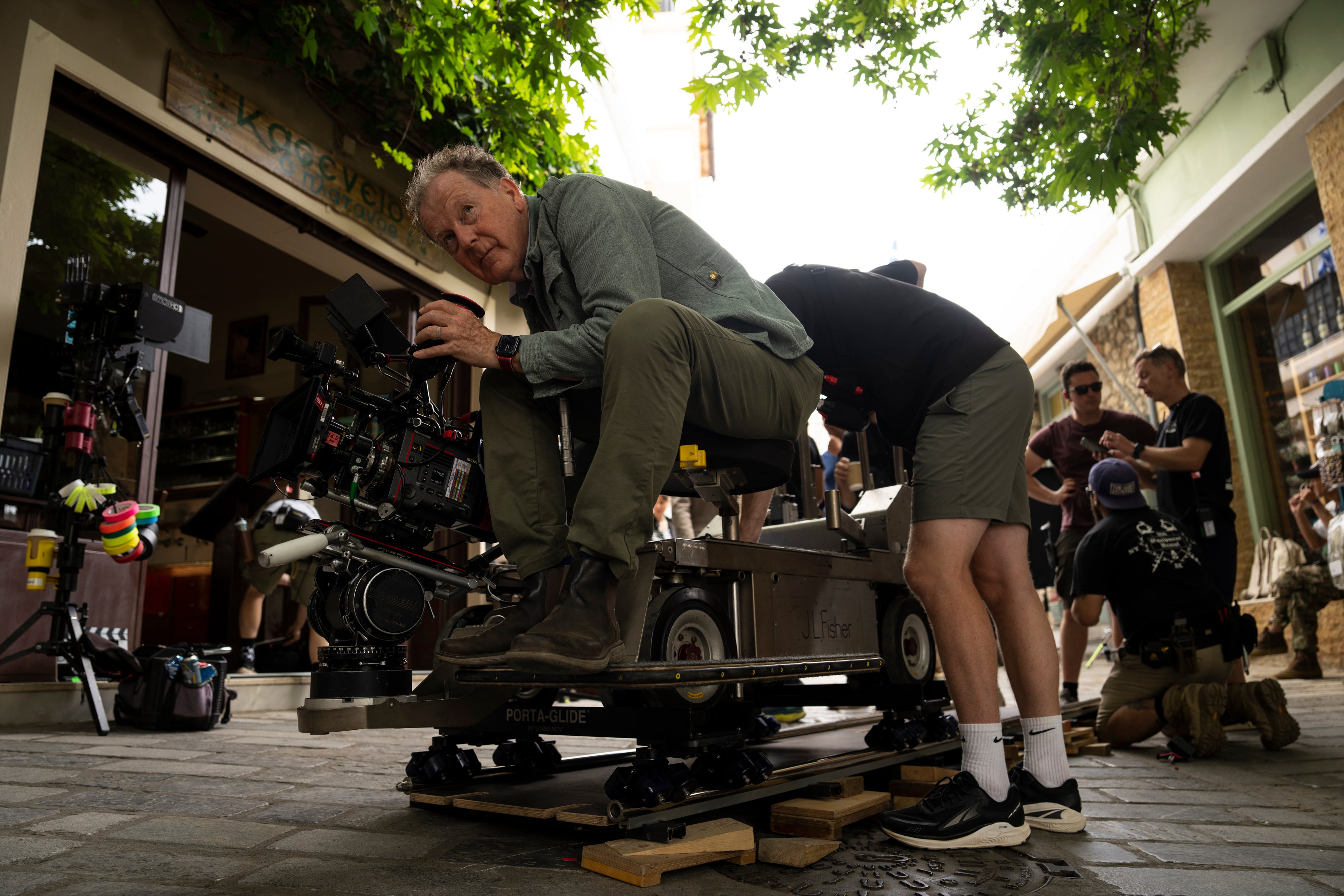
Finding Texture in The Shadows of Film Noir
Dunn and his team relied on the Sony VENICE cinema camera to capture the grandeur of the locations and the sinister intrigue of the genre. In it, he found his fellow storyteller, which gave the cinematographer the ability to capture the film in a unique way.
"I think one of the things we're always trying to create as filmmakers is the human experience," Dunn said. "Through this camera and the camera lenses onto the screen."
"When we make a film, we try and get the audience to get into the screen, into the characters, and become a voyeur within the scene."
For Dunn, the VENICE became more than a camera. After so many years working within the digital medium, it gave him the power to create a gateway for audience members.
"The VENICE has a personality which I think is conducive to the human experience," Dunn said. "And finding the right lenses to complement that is also one of the wonderful journeys I have when I'm in prep."
This pairing of sensor and glass was one of Dunn's first challenges. Noir is all about shadows and darkness, but digital cameras are incredibly sensitive to light, and Dunn needed a way to control that.
"One of the features of digital cameras, which is great, is they want to see into the darkest areas," Dunn said. "And so part of our job is to give texture and depth with light and shade."
"We opted for the Venice with (Panavision) Primo lenses," Dunn explained. "The Primo lenses with the rear filter holders so I could put some nets on the back. We used nets for certain scenes just to keep the blacks crushed. To make them more dense."
Using this combination of sensor, lens, and filtration allowed Dunn to have what he called "the choice of darkness" instead of leaving the decision up to the camera. For the cinematographer, lighting with digital cameras is more involved.
"In a way, it's more complex because it's through taking away light and denying it, not allowing (the camera) to see what it wants to see."
The location made this even more complex. Crete is an island not known for its dark and gritty shadows. It's a stunning locale that Dunn wanted to include in the film.
"We looked at various things, and we realized we couldn't go down that sort of dark 1940s, black-and-white noir look," Dunn shared. "Where we landed were on things like Body Heat, Chinatown, and one or two others.”
By diving into the expanded history of the film noir, Dunn and Lacôte built upon the foundation, adding to it with their own take on the genre. The combination of controlling shadows, having the right location, and letting the actors shine in simple scenes was all brought together by the toolset that Dunn had relied on.
Which is why the cinematographer chose to use the Sony VENICE. It was all about structuring the story so that the fundamental elements could draw in an audience.
"The noir-ness of it, tied in with the Greek tragedy of it all…have drawn the audience into this world and makes them feel that they're part of it," Dunn said. "To create a look with the camera and the choice of lenses and the filtering to bring the audience within the story is where we landed with this (choice to use the Sony VENICE)."
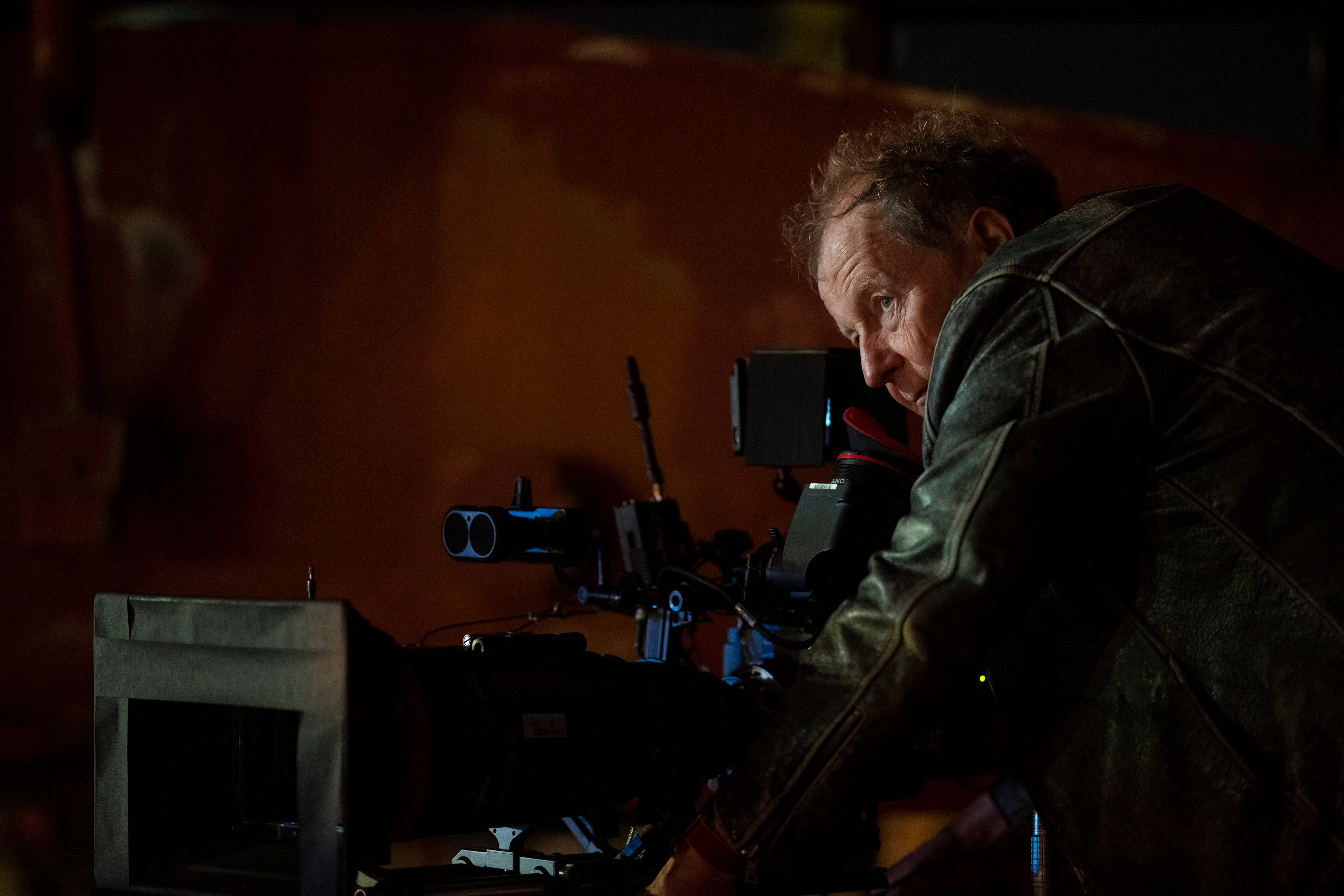
A Creative Explosion
While Dunn is a filmmaker of many genres, there is a box he puts himself in. With self imposed limitation, or like the ones he found on Killer Heat, Dunn finds creative energy. And it is this energy that makes him so malleable and genre-agnostic.
"One of my phrases is to make a virtue of necessity," Dunn shared. "I often work on small budget films…and out of that comes a creative explosion.”
With Killer Heat wrapped and set to release of September 26th, 2024, Dunn moves onto his next project and his next creative explosion. Until then, all we can do is keep on guessing what genre he’ll pick next.

